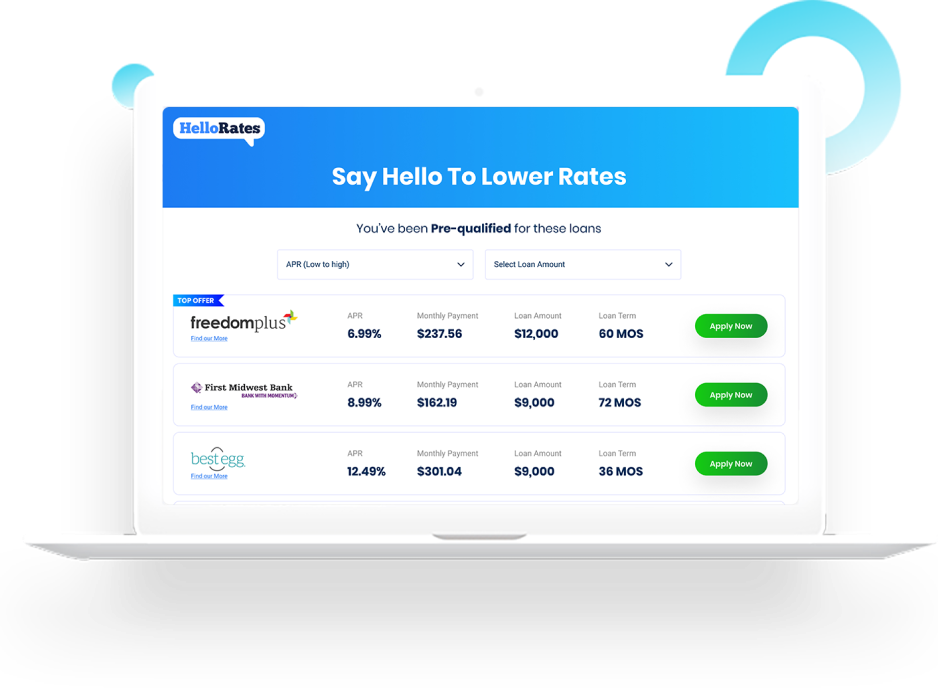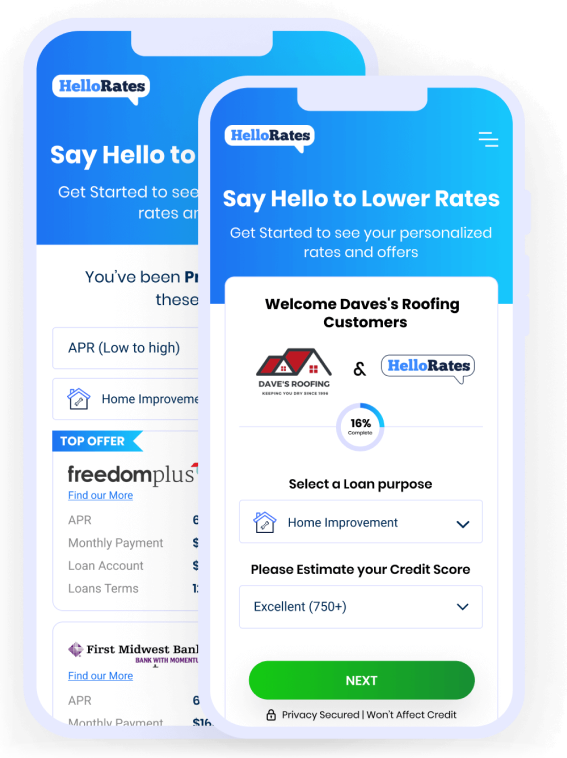Plaster repair is an essential aspect of maintaining the structural integrity and aesthetic appeal of any building. However, the cost associated with such repairs can often be a burden for homeowners and property owners. This is where plaster repair financing using personal loans comes into play, offering a convenient and accessible solution to address these financial concerns. In this article, we will explore the advantages of utilizing personal loans for plaster repair financing, highlighting the flexibility, affordability, and ease of access that these loans provide.
One of the key advantages of using personal loans for plaster repair financing is the flexibility they offer. Unlike specific home improvement loans, personal loans can be used for a wide range of purposes, including plaster repair. This flexibility allows homeowners to address their immediate plaster repair needs without being restricted by the limitations of specialized loans. Whether it’s fixing cracks, replacing damaged plaster, or even undertaking a complete plaster renovation, personal loans provide the financial freedom to tackle any plaster repair project.
Affordability is another significant advantage of utilizing personal loans for plaster repair financing. Personal loans often come with competitive interest rates, especially for borrowers with good credit scores. This means that homeowners can secure financing for their plaster repair needs at a reasonable cost, minimizing the financial strain associated with such repairs. Additionally, personal loans typically offer fixed interest rates, ensuring that borrowers can plan their repayment schedule with certainty, without worrying about fluctuating interest rates.
Ease of access is a crucial factor when considering plaster repair financing, and personal loans excel in this regard. Traditional home improvement loans often involve lengthy approval processes and extensive documentation requirements. On the other hand, personal loans can be obtained relatively quickly and with minimal paperwork. Many financial institutions and online lenders offer personal loans, making it easier than ever to find a suitable lender and secure the necessary funds for plaster repair. The convenience of accessing personal loans allows homeowners to address their plaster repair needs promptly, preventing further damage and ensuring the longevity of their property.
Furthermore, personal loans for plaster repair financing offer the advantage of fixed repayment terms. Borrowers can choose a loan term that suits their financial situation, whether it’s a shorter term for quicker repayment or a longer term for lower monthly installments. This flexibility in loan terms allows homeowners to tailor their repayment plan to their specific needs and budget, ensuring that the plaster repair financing remains manageable and doesn’t strain their financial resources.
In addition to the advantages mentioned above, personal loans for plaster repair financing also provide the opportunity to improve credit scores. Timely repayment of personal loans can positively impact credit scores, demonstrating responsible financial behavior to lenders. This can be beneficial for future borrowing needs, such as obtaining mortgages or other loans. By utilizing personal loans for plaster repair financing and repaying them diligently, homeowners can not only address their immediate plaster repair needs but also enhance their financial standing in the long run.
In conclusion, plaster repair financing using personal loans offers numerous advantages for homeowners and property owners. The flexibility to use personal loans for various plaster repair purposes, the affordability of competitive interest rates, the ease of access and minimal paperwork, the fixed repayment terms, and the potential to improve credit scores are all compelling reasons to consider personal loans for plaster repair financing. By leveraging these advantages, homeowners can ensure the timely and efficient repair of their plaster, preserving the beauty and structural integrity of their property for years to come.




